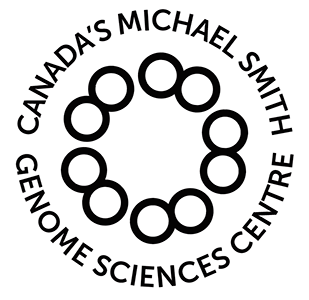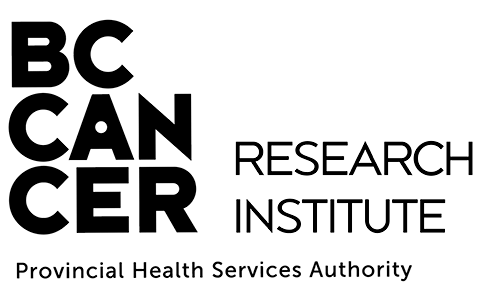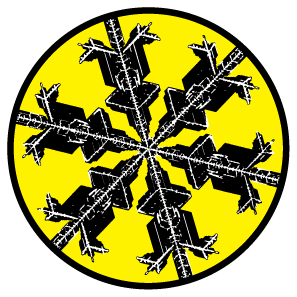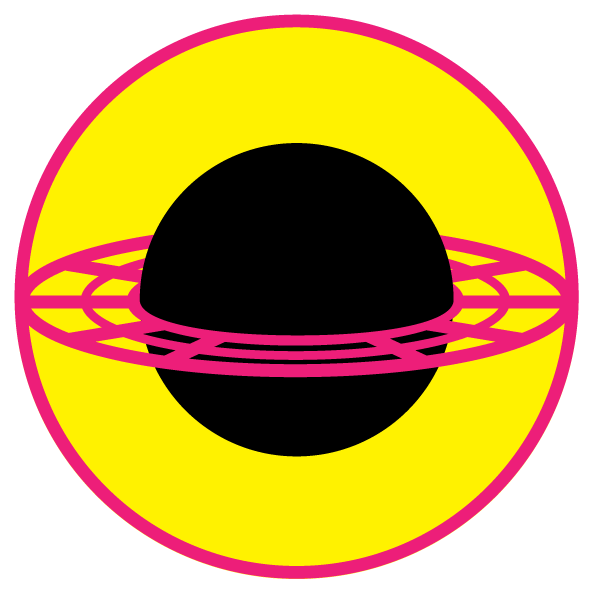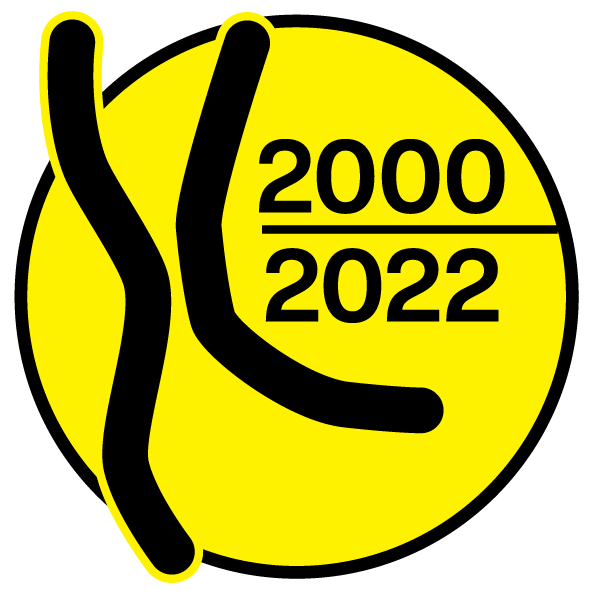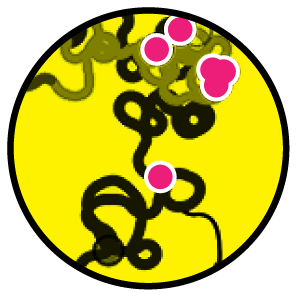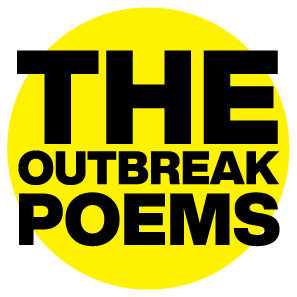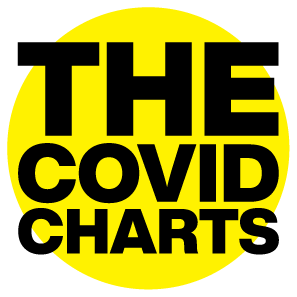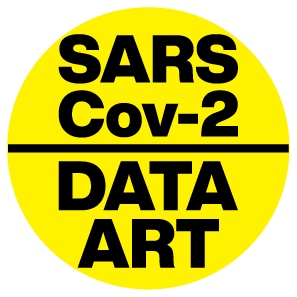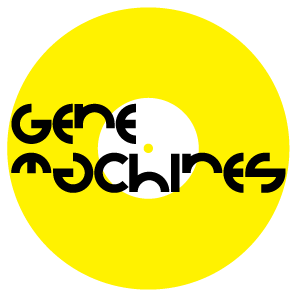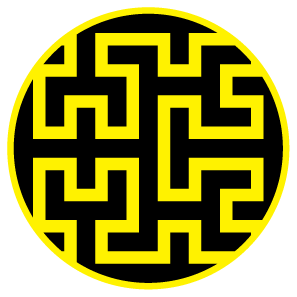
Working with Senior Graphics Editor Jen Christiansen, Senior Editors Mark Fischetti and Clara Moskowitz, I have designed these Graphic Science visualizations for Scientific American.


Learn how nothing can teach us about the universe
Huge empty patches of the universe could help solve some of the greatest mysteries in the cosmos.
Scientific American January 2024, volume 330 issue 1

text by Clara Moskowitz | graphic by Martin Krzywinski
source
Sloan Digital Sky Survey (SDSS) Data Release 12
Hamaus, Pisani et al. Precision cosmology with voids in the final BOSS data. JCAP12(2020)023.
Constellation figures: Alan MacRobert (Sky & Telescope), Paulina Rowicka/Martin Krzywinski (revisions & Microscopium)
Stars: Hoffleit & Warren Jr. (1991) The Bright Star Catalog, 5th Revised Edition (Preliminary Version).
Cosmology: Planck collaboration. Planck 2018 results. VI. Cosmological parameters (2018). `H_0 = 67.4` km/(Mpc·s), `\Omega_m = 0.315`, `\Omega_{vac} = 0.685`

See how scientists put together the complete human genome
For the first time, researchers have sequenced all 3,117,275,501 bases of our genetic code.
Scientific American August 2022, volume 327 issue 2
text by Clara Moskowitz | graphic by Martin Krzywinski
source
assembly sequence from UCSC Genome Browser (assembly history), Nurk et al. The complete sequence of a human genome (2022) Science 376:44–53.
News
Filling in the Gaps by Laura Zahn, Most complete human genome yet reveals previously indecipherable DNA by Elizabeth Pennisi

How COVID-19 spread like wildfire
Mutations in the SARS-Cov-2 virus reveal the story.
Scientific American June 2020, volume 322 issue 6
text by Mark Fischetti | graphic by Martin Krzywinski
Source
Interested in more COVID-19 and SARS-Cov-2 graphics? Check out my projects below.

Take your medicine... now
Drugs could be more effective if taken when proteins they target are more active.
Scientific American January 2019, volume 320 issue 1
text by Mark Fischetti | graphic by Martin Krzywinski
A compelling overview figure of periodicity in a quantity. Before you even think about it, you already know what you're looking it.
Source
Ruben et al. A database of tissue-specific rhythmically expressed human genes has potential applications in circadian medicine Science Translational Medicine 10 Issue 458, eaat8806.

The same genes may underlie different psychiatric disorders
A distinct set of genes may underlie several psychiatric conditions.
Scientific American July 2018, volume 319 issue 1
text by Mark Fischetti | graphic by Martin Krzywinsk
The dataset is challenging: expression, correlation and network module membership of 11,000+ genes. Getting it onto one page was an exercise in restraint and calm.
source
Gandal M.J. et al. Shared Molecular Neuropathology Across Major Psychiatric Disorders Parallels Polygenic Overlap Science 359 693–697 (2018)

Men and women alter a home's bacteria differently
An analysis of dust reveals how the presence of men, women, dogs and cats affects the variety of bacteria in a household.
Scientific American December 2015, volume 313 issue 6
text by Mark Fischetti | graphic by Martin Krzywinski and Barbara Jeanine Hunnicutt
Catalogue of bacteria shapes by Barbara Jeanine Hunnicutt.
We explored differences in household dust bacteria based on the gender and pet status of the occupants.
We have also written about the making of the graphic, for those interested in how these things come together.
source
Barberan A et al. (2015) The ecology of microscopic life in household dust. Proc. R. Soc. B 282: 20151139.

A roadmap to the "volume control" of genes
Genes, traits and disease are linked in complex and surprising ways.
Scientific American June 2015, volume 312 issue 6
text by Dina Fine Maron | graphic by Martin Krzywinski
Because sometimes only a network hairball will do.
source
Integrative analysis of 111 reference human epigenomes. (2015) Nature 518:317.

Tiny genetic differences between humans and other primates pervade the genome
Genome comparisons reveal the DNA that distinguishes Homo sapiens from its kin.
Scientific American September 2014, volume 311 issue 3
text by Kate Wong | illustrations by Portia Sloan Rollings | graphic by Martin Krzywinski
A Scientific American blog entry "A Monkey's Blueprint" accompanies this piece.
This design won a bronze award at Malofiej 23. For more information about Malofiej, see the SA Visual blog entry "There's No Infographic without Info (and other Lessons from Malofiej)".
A: Yes.
source

Propensity score weighting
The needs of the many outweigh the needs of the few. —Mr. Spock (Star Trek II)
This month, we explore a related and powerful technique to address bias: propensity score weighting (PSW), which applies weights to each subject instead of matching (or discarding) them.

Kurz, C.F., Krzywinski, M. & Altman, N. (2025) Points of significance: Propensity score weighting. Nat. Methods 22:1–3.
Happy 2025 π Day—
TTCAGT: a sequence of digits
Celebrate π Day (March 14th) and sequence digits like its 1999. Let's call some peaks.

Crafting 10 Years of Statistics Explanations: Points of Significance
I don’t have good luck in the match points. —Rafael Nadal, Spanish tennis player
Points of Significance is an ongoing series of short articles about statistics in Nature Methods that started in 2013. Its aim is to provide clear explanations of essential concepts in statistics for a nonspecialist audience. The articles favor heuristic explanations and make extensive use of simulated examples and graphical explanations, while maintaining mathematical rigor.
Topics range from basic, but often misunderstood, such as uncertainty and P-values, to relatively advanced, but often neglected, such as the error-in-variables problem and the curse of dimensionality. More recent articles have focused on timely topics such as modeling of epidemics, machine learning, and neural networks.
In this article, we discuss the evolution of topics and details behind some of the story arcs, our approach to crafting statistical explanations and narratives, and our use of figures and numerical simulations as props for building understanding.

Altman, N. & Krzywinski, M. (2025) Crafting 10 Years of Statistics Explanations: Points of Significance. Annual Review of Statistics and Its Application 12:69–87.
Propensity score matching
I don’t have good luck in the match points. —Rafael Nadal, Spanish tennis player
In many experimental designs, we need to keep in mind the possibility of confounding variables, which may give rise to bias in the estimate of the treatment effect.

If the control and experimental groups aren't matched (or, roughly, similar enough), this bias can arise.
Sometimes this can be dealt with by randomizing, which on average can balance this effect out. When randomization is not possible, propensity score matching is an excellent strategy to match control and experimental groups.
Kurz, C.F., Krzywinski, M. & Altman, N. (2024) Points of significance: Propensity score matching. Nat. Methods 21:1770–1772.
Understanding p-values and significance
P-values combined with estimates of effect size are used to assess the importance of experimental results. However, their interpretation can be invalidated by selection bias when testing multiple hypotheses, fitting multiple models or even informally selecting results that seem interesting after observing the data.
We offer an introduction to principled uses of p-values (targeted at the non-specialist) and identify questionable practices to be avoided.
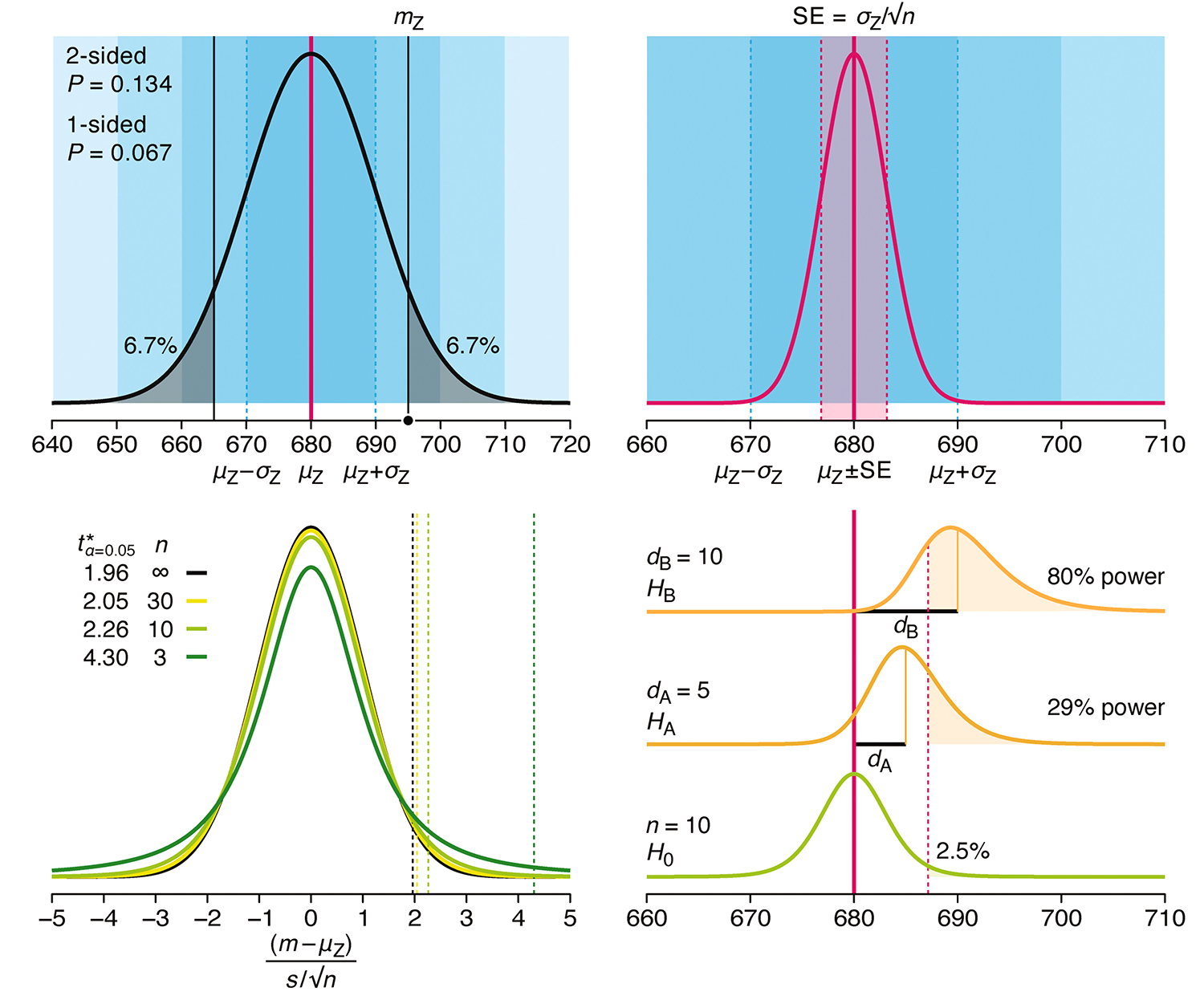
Altman, N. & Krzywinski, M. (2024) Understanding p-values and significance. Laboratory Animals 58:443–446.
Depicting variability and uncertainty using intervals and error bars
Variability is inherent in most biological systems due to differences among members of the population. Two types of variation are commonly observed in studies: differences among samples and the “error” in estimating a population parameter (e.g. mean) from a sample. While these concepts are fundamentally very different, the associated variation is often expressed using similar notation—an interval that represents a range of values with a lower and upper bound.
In this article we discuss how common intervals are used (and misused).
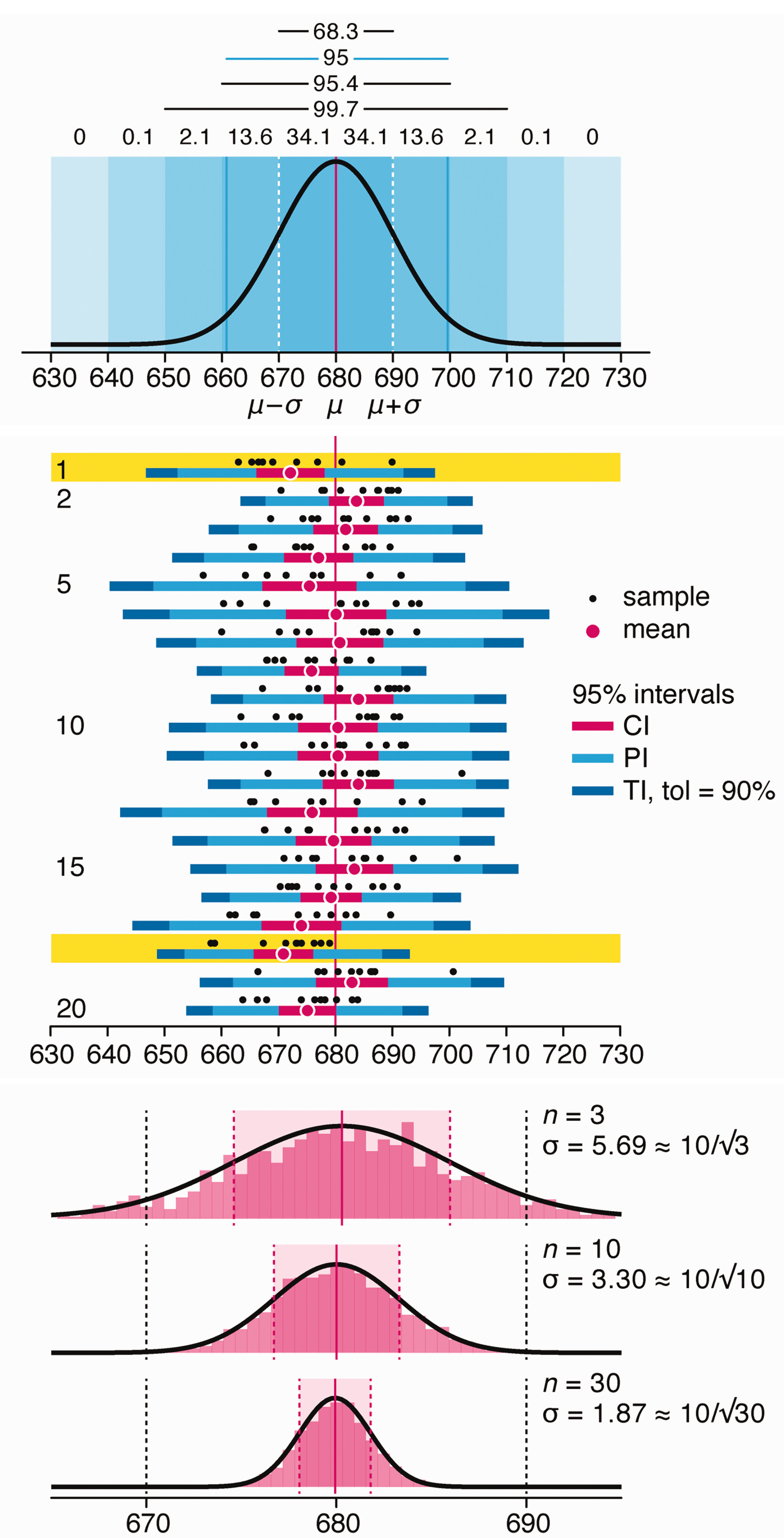
Altman, N. & Krzywinski, M. (2024) Depicting variability and uncertainty using intervals and error bars. Laboratory Animals 58:453–456.
Nasa to send our human genome discs to the Moon
We'd like to say a ‘cosmic hello’: mathematics, culture, palaeontology, art and science, and ... human genomes.
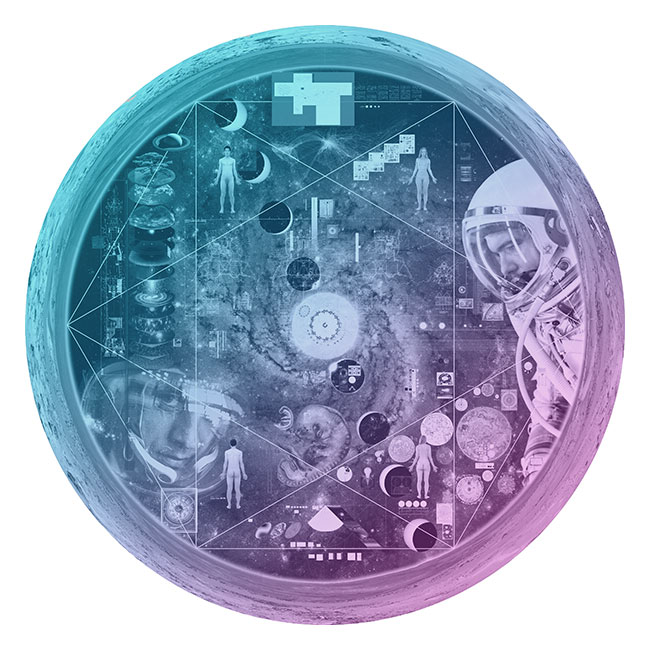

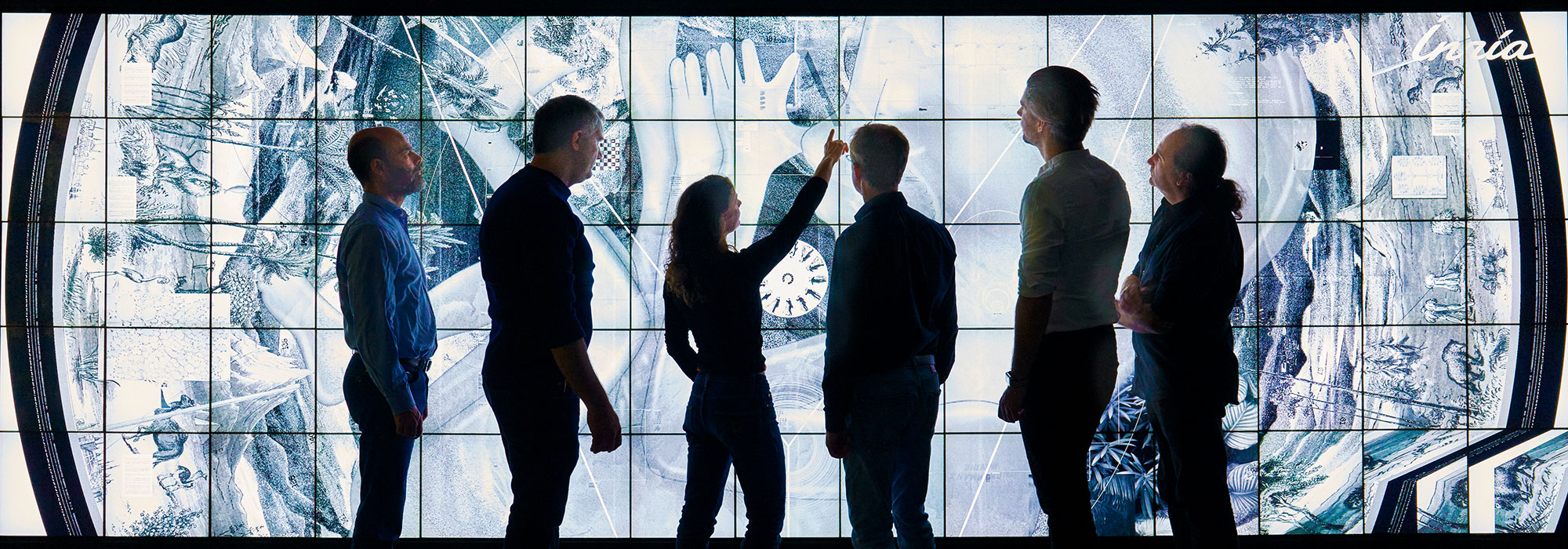
Comparing classifier performance with baselines
All animals are equal, but some animals are more equal than others. —George Orwell
This month, we will illustrate the importance of establishing a baseline performance level.
Baselines are typically generated independently for each dataset using very simple models. Their role is to set the minimum level of acceptable performance and help with comparing relative improvements in performance of other models.
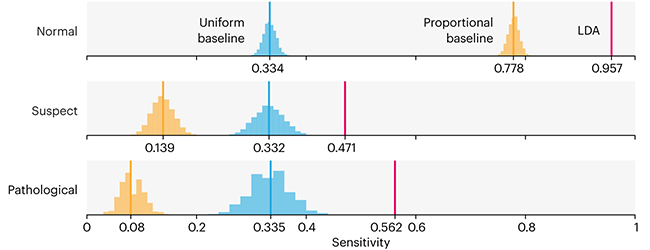
Unfortunately, baselines are often overlooked and, in the presence of a class imbalance, must be established with care.
Megahed, F.M, Chen, Y-J., Jones-Farmer, A., Rigdon, S.E., Krzywinski, M. & Altman, N. (2024) Points of significance: Comparing classifier performance with baselines. Nat. Methods 21:546–548.
